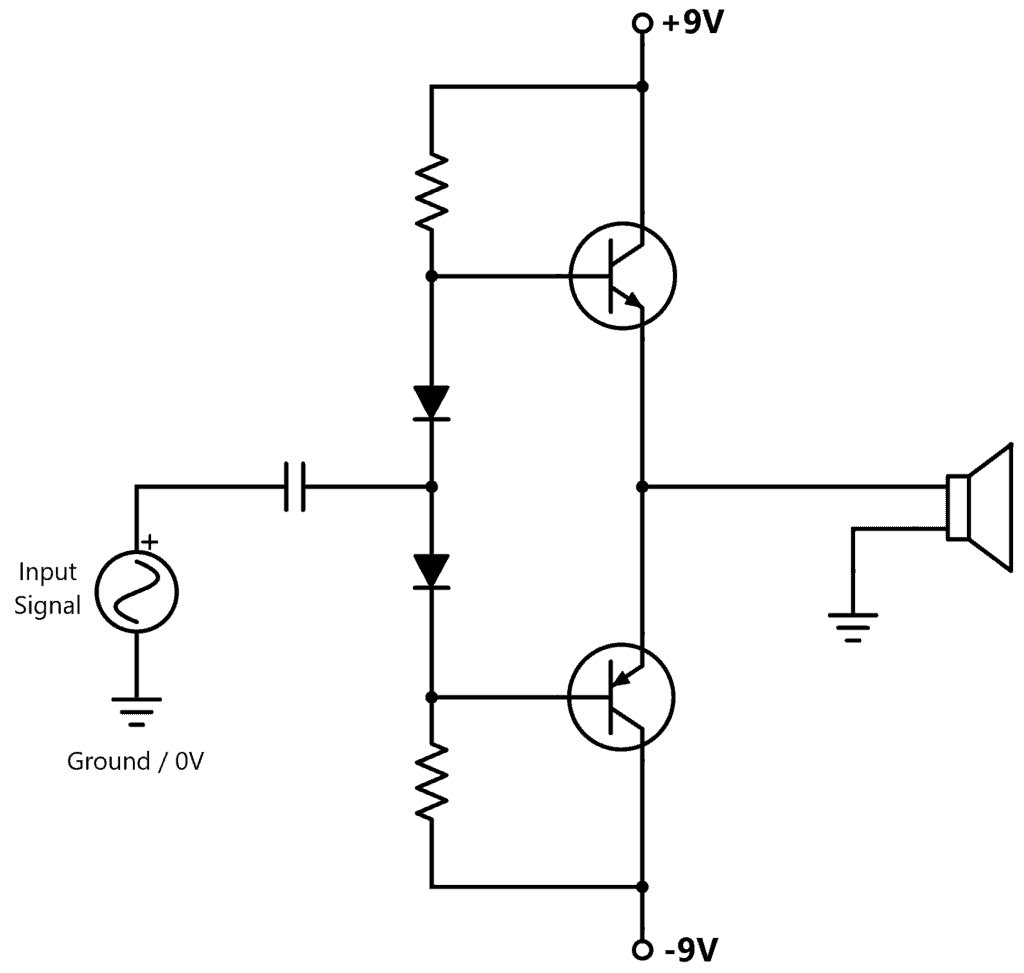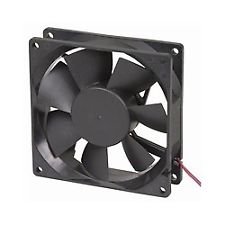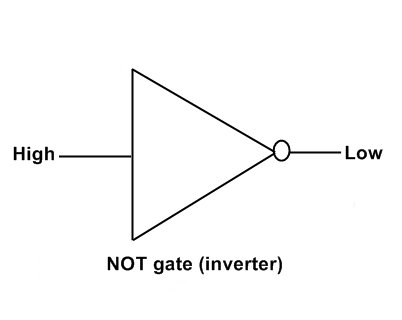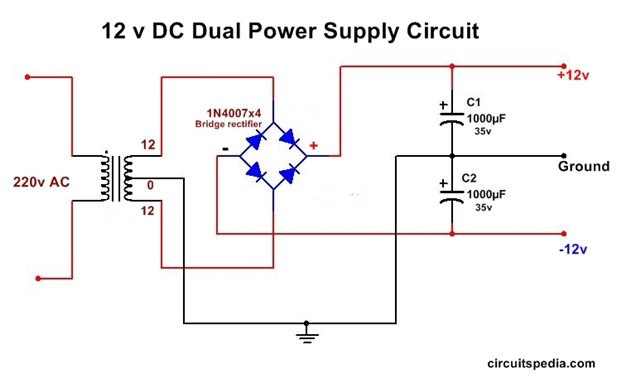Understanding the Inner Workings of Electronic Circuits:
In a world powered by technology, electronic circuits are the unsung heroes that make everything tick. From your smartphone to your coffee maker, electronic circuits are the invisible driving force behind modern devices. But have you ever wondered how these intricate networks of components actually work? In this blog post, we’ll delve into the fascinating world of electronic circuits and uncover the magic that powers our digital age.
What is an Electronic Circuit?
An electronic circuit is a closed loop of conductive pathways that allow electricity to flow and perform specific functions. These circuits are constructed using various electronic components such as resistors, capacitors, diodes, transistors, and integrated circuits (ICs). Each component serves a unique purpose and contributes to the overall functionality of the circuit.
Basic Components of an Electronic Circuit:
- Power Source: Every electronic circuit requires a power source to provide the necessary energy for the circuit to function. This could be a battery, a wall outlet, or any other source of electrical energy. See how to connect battery in series and parallel.
- Resistors: Resistors are components that resist the flow of electric current. They’re used to control the amount of current and voltage within a circuit, preventing components from getting damaged due to excessive flow.
- Capacitors: Capacitors store and release electrical charge. They are essential for stabilizing voltage levels and filtering out noise in a circuit.
- Diodes: Diodes allow current to flow in only one direction. They’re used to convert alternating current (AC) to direct current (DC) and to prevent current from flowing in the wrong direction.
- Transistors: Transistors are like electronic switches that can amplify or control the flow of current. They’re the building blocks of digital circuits and are crucial for signal processing and logic operations.
- Integrated Circuits (ICs): ICs are compact packages containing multiple interconnected electronic components, such as transistors, resistors, and capacitors. They’re the heart of most modern electronic devices, providing complex functions in a small form factor.
How Does an Electronic Circuit Work
- Current Flow: At its core, an electronic circuit works by allowing electric current to flow through its various components. Electric current is the movement of electrons, and it flows from the negative terminal of the power source to the positive terminal.
- Voltage and Resistance: Voltage is the driving force that pushes electrons through the circuit. As current flows, it encounters resistance, which is the opposition to the flow of electrons. According to Ohm’s Law (V = IR), the current (I) is directly proportional to the voltage (V) and inversely proportional to the resistance (R).
- Component Interaction: Components in the circuit interact with each other to achieve specific tasks. For instance, a resistor might limit the current to prevent overheating, while a transistor might act as a switch to control the flow of current to another part of the circuit.
- Logic and Signal Processing: In digital circuits, the interaction between transistors forms the basis of logic gates, which process binary signals (0s and 1s). These gates perform logical operations like AND, OR, and NOT, enabling computers to perform complex calculations and decision-making processes.
- Feedback Loops: Many circuits incorporate feedback loops, where the output of the circuit is fed back into its input. This allows circuits to regulate their own behavior and achieve desired outcomes.
Conclusion: Unlocking the Wonders of Electronics
Electronic circuits are the backbone of modern technology, enabling devices to perform a multitude of functions that have revolutionized the way we live, communicate, and work. Understanding the fundamental principles of electronic circuits helps us appreciate the intricate dance of electrons that powers our digital world. So, the next time you use a device, take a moment to ponder the incredible journey that electricity embarks on within the realms of an electronic circuit.








